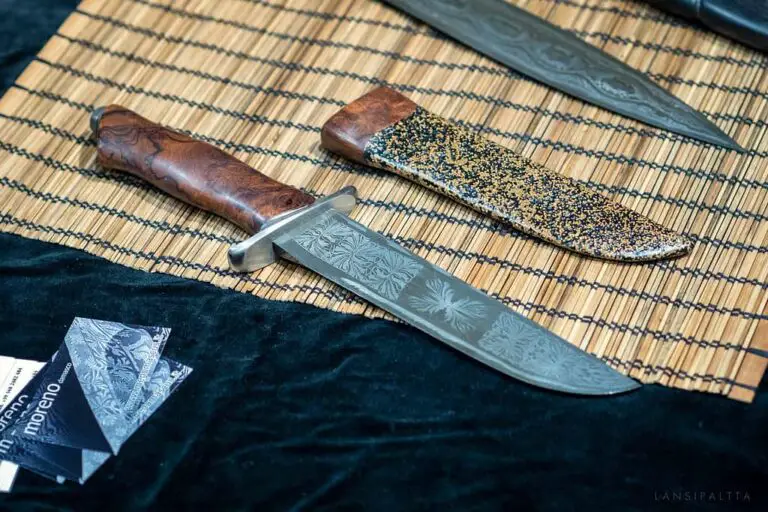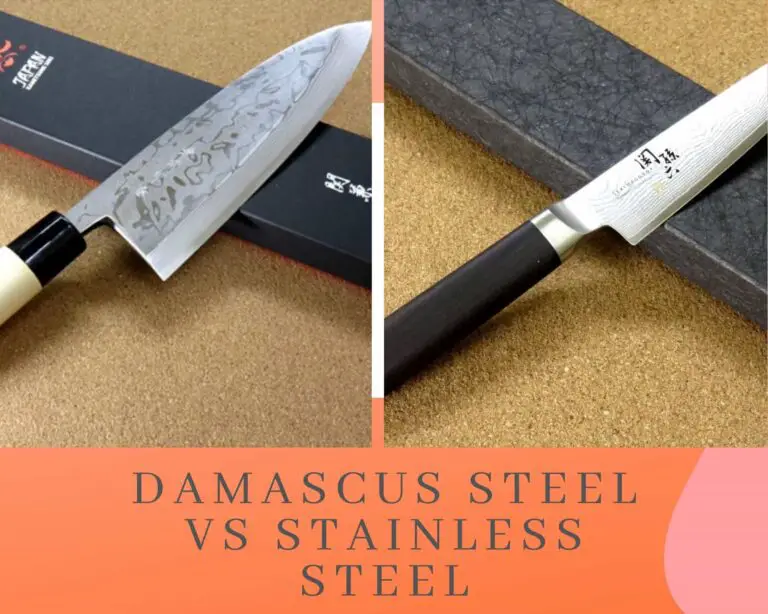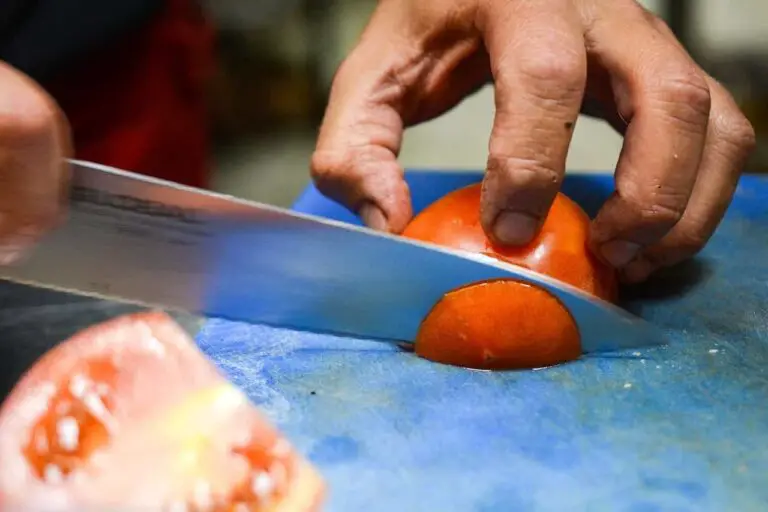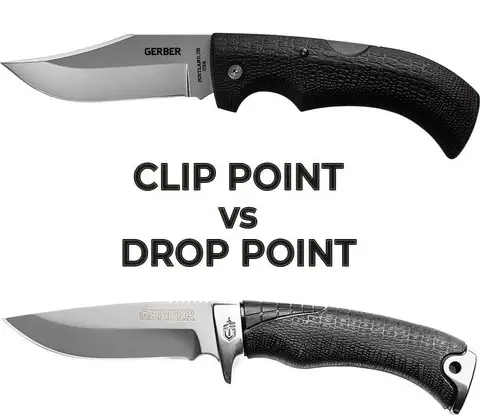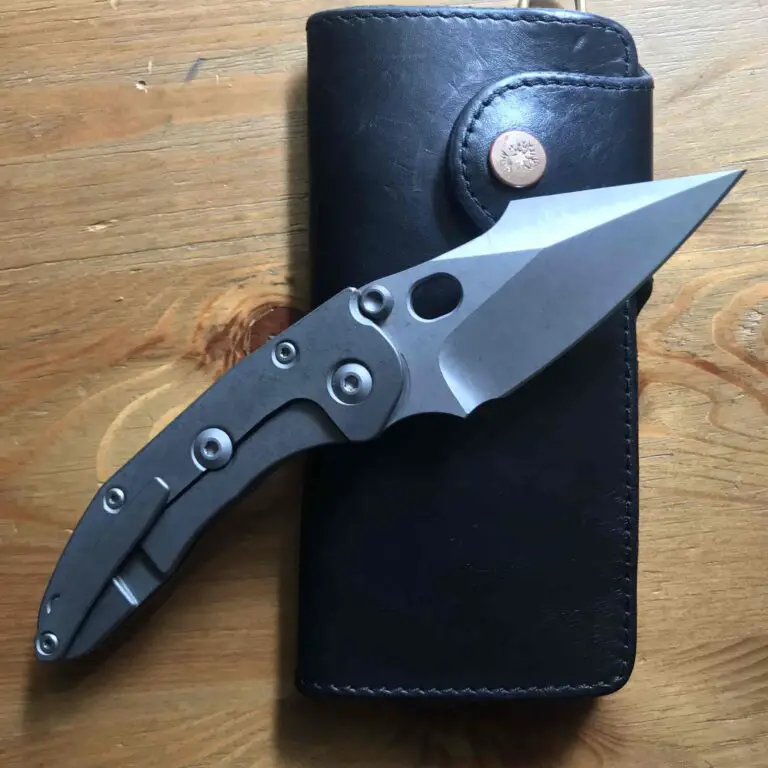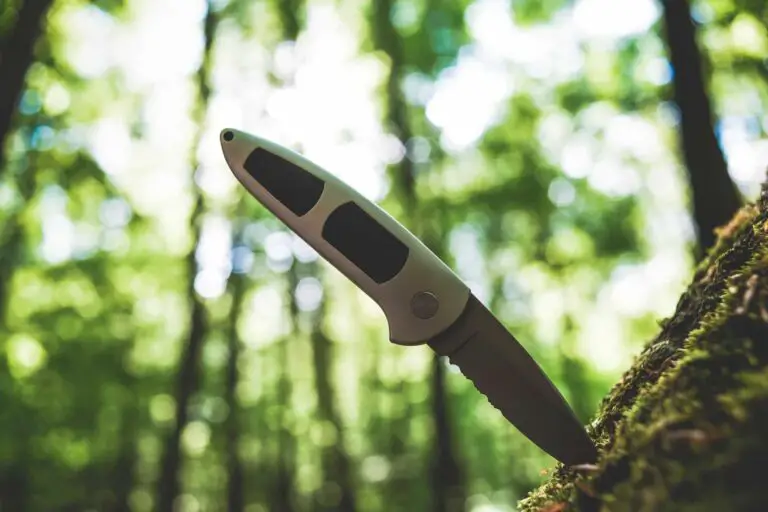What Is A Paring Knife Used For? [Uses, Best Brands & FAQs]
A paring knife is used for delicate knife works that are too big to be handled by the standard chef knife but not too small to be handled by the other knives in your set. Hence, paring knives can also be used as substitutes for chef knives to peel fruits, cut softer vegetables, and prepare…

![What Is A Paring Knife Used For? [Uses, Best Brands & FAQs]](https://cutsandcarves.com/wp-content/uploads/2021/05/What-Is-A-Paring-Knife-Used-For-Uses-Best-Brands-FAQs-768x1024.jpg)

